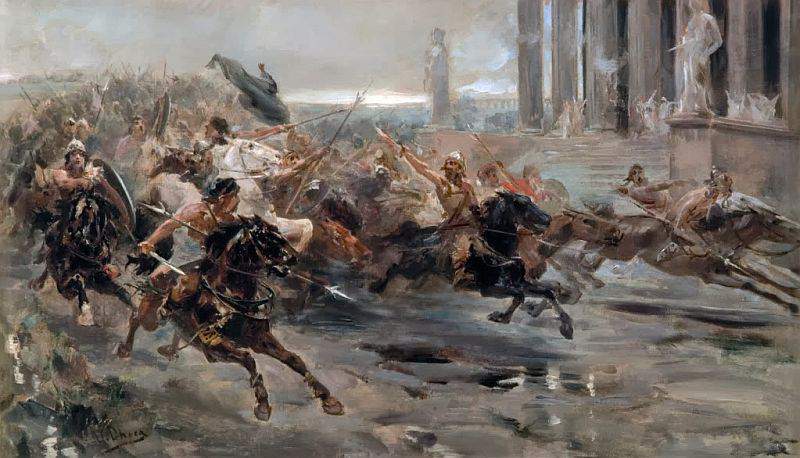According to the latest anthropological research, the ancient Hungarians’ homeland can be found in the Eastern-European Plains and the Asian steppes towards Bajkál lake.
According to 24.hu, there is no doubt about the Finno-Ugrian linguistic relationship, but it does not necessarily mean that the ethnical origin of ancient Hungarians is also Finno-Ugrian – even if it has become a sort of “dogma” in the second half of the 20th century.
The Finno-Ugrian linguistic relationship marked the “Hanti” and “Manysi” ethnic groups as our closest relatives and placed the ancient homeland of Magyars to the nearby area of Káma river. Thanks to the newest research, based on natural sciences, this theory does not seem so stable anymore.
According to Zsolt Brennert, anthropologist and director of Magyar Természettudomány Múzeum (Hungarian Natural History Museum), the 100-year-old theories seem to be right confirmed by archaeogenetic evidence –
the forefathers of the greatest part of the Magyar tribes from the time of the conquest of the Carpathian Basin did not come from the area of the Uralic Mountains.

Based on the bones of the ancient Magyar graves in the Carpathian Basin, we can observe a visibly different special skull type, called “turanoid”. The turanoid skull type shows the characteristics of Eastern peoples of the era with wider faces and narrower eyes. According to experts, it is a mix of the Europid and the Mongoloid features with the former in majority. This is the so-called “Alföldi” (lowland) anthropological group which is likely characterised by dark hair and eye colour. This group is presumed to be the ancestor of the Hungarian people.
Following the locations of these skulls, we arrive to the Northern side of Aral lake on the territory of today’s Kazakhstan. Based on the Kazakh historiography, Hungarians and Kazakhs are of the same origin – acknowledging that the majority Magyars moved West from their territory. But part of them stayed! The journey of Hungarian friar Julian seems to confirm this theory –
he found some ancient Magyar people in the Caucasus in the 13th century and was able to communicate with them in their language.
The continuity of these pieces of anthropological evidence is missing at Káma river, on the previously marked ancient homeland of Magyars.

Hungarian sources that were written centuries later refer to the Hun-Magyar kinship, but there are so few authentic Hunnic graves that this connection cannot be examined anthropologically.
To sum up, the anthropological pieces of evidence are pointing towards the Eastern-European and Asian steppes. The Magyars consisted of nomadic tribes constantly on the move between the Caucasus and Káma river – but it does not mean that the latter was their core area. It is possible that Friar Julian found them 13th century and archaeologists are finding their traces nowadays.
These pieces of evidence do not negate the Finno-Ugrian linguistic relationship, though. Magyar tribes of the era were always nomadizing and based on their location, their spoken language differed. Possibly they spoke many different languages, and there were many impacts on their communication – and the Finno-Ugrian was one of them.
You can read about the ancient lifestyle of the Magyar tribes here. You can also learn about a recent research of the Hun-Hungarian connection here.
I have never heard that Kazakhs and Hungarians are related. Friar Julian was in Magna Hungaria where he found Hungarians and that place is not in the Caucasus. This article is a dim idea.